Holistic Approaches to Manage Cat Anxiety at Home
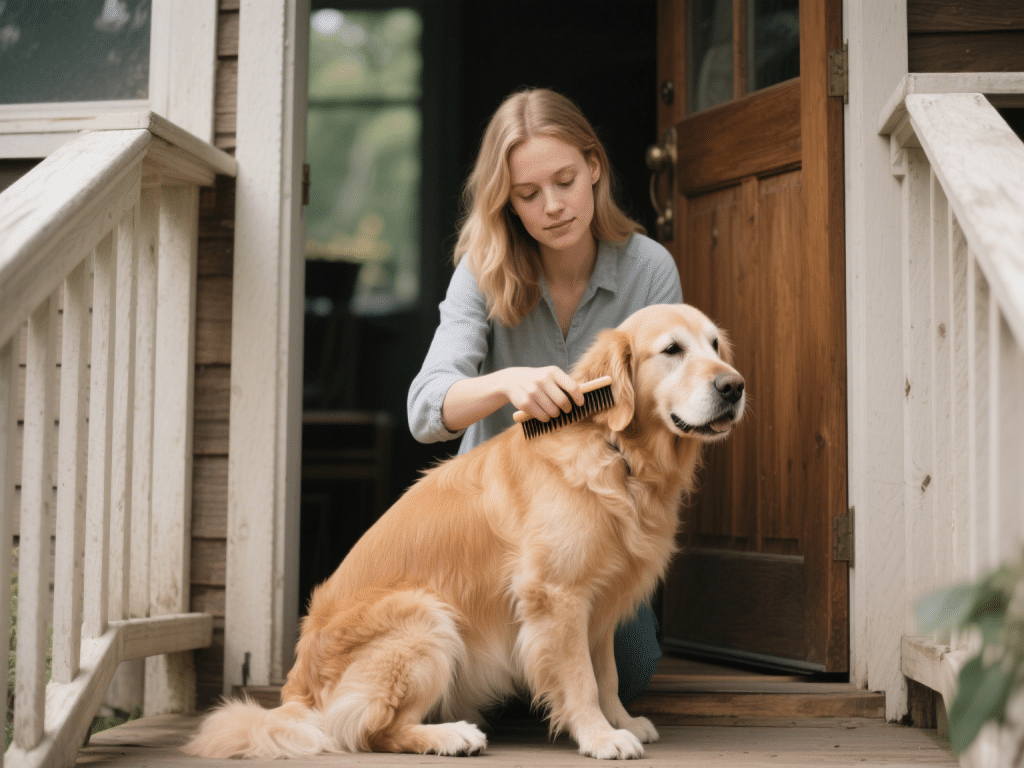
As a seasoned pet blogger with over a decade of experience in feline behavior, I’ve guided hundreds of cat owners through the maze of anxiety management. Cats are instinctual creatures—prey animals by nature—so any perceived threat, even something as innocuous as new furniture, can tip them into chronic stress. Untreated anxiety not only undermines quality of life but can also precipitate urinary disorders, over-grooming, and appetite loss.
Below, I share evidence-based, holistic methods you can implement today. These approaches combine environmental enrichment, pheromone therapy, nutritional support, and gentle behavioral exercises.
1. Environmental Enrichment: The Foundation
Cats crave verticality and safe retreats. Start by installing wall shelves or a tall cat tree near windows. This grants vantage points where your cat watches birds—a natural enrichment exercise—while feeling secure up high. Provide at least one hideaway (covered bed or cardboard box) per cat; multiple cats share territory better when they each have private retreats.
Key tip: Rotate toys weekly. Novelty stimulates their hunting drive, reducing boredom-related stress.
2. Calming Pheromones and Aromatherapy
Synthetic feline facial pheromones (e.g., Feliway) mimic the “safe” pheromones cats deposit when they rub their cheeks. Plug-in diffusers in key areas (resting spots, feeding station) can reduce marking and vocalization by up to 70%, according to one peer-reviewed study.
Aromatherapy caution: Only use essential oils vetted safe for cats (e.g., diluted chamomile). Avoid tea tree, citrus, eucalyptus—these can be toxic. Always diffuse in well-ventilated spaces and never directly on fur.
3. Nutritional Support: Tryptophan and L-theanine
Dietary supplements containing L-tryptophan (a serotonin precursor) and L-theanine have shown significant benefits for anxious cats. Many commercial formulas combine both in a palatable chew. Always consult your veterinarian before adding supplements and start at the lowest recommended dose.
4. Gentle Behavioral Exercises
Clicker training: Contrary to popular belief, anxious cats can learn tricks. The focused attention required for training sessions (5 minutes, twice daily) interrupts stress cycles and builds confidence.
Interactive feeding puzzles: Replace food bowls with treat balls or puzzle feeders. These encourage mental engagement, slow eating, and replicate hunting behavior—calming your cat through purposeful activity.
5. Establishing Predictable Routines
Cats are creatures of habit. Feed, play, and grooming sessions at the same times each day create a stable environment. On days when your schedule changes, use automated feeders or pet-sitting apps to maintain consistency.
6. When to Seek Professional Help
If your cat exhibits self-harm (excessive licking, hair loss), inappropriate elimination, or hiding for days on end, anxiety may have progressed to a clinical disorder. A veterinary behaviorist can prescribe anxiolytics (e.g., fluoxetine) as a short-term aid alongside behavioral modification.
Conclusion:
Managing feline anxiety requires patience, observation, and a holistic toolkit. By enriching the environment, leveraging pheromones, optimizing nutrition, and reinforcing routines, you can restore your cat’s inner calm. Remember: each cat is unique—track progress with a journal and adjust strategies accordingly. Your empathic guidance and gentle touch will help your whiskered companion thrive.

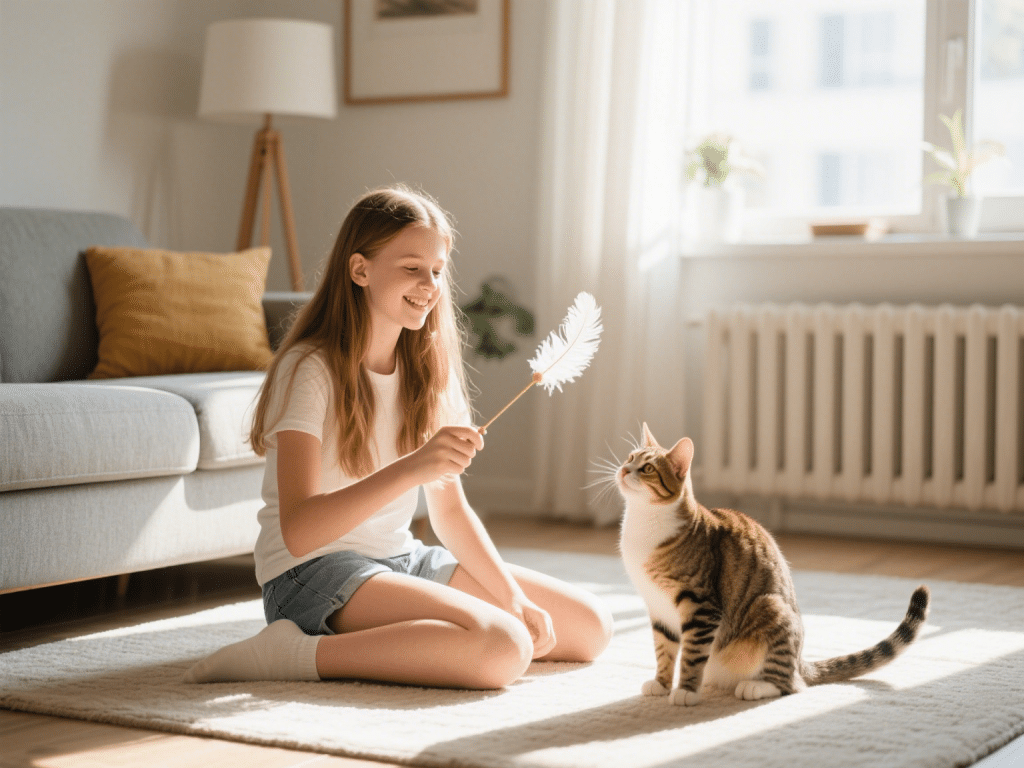
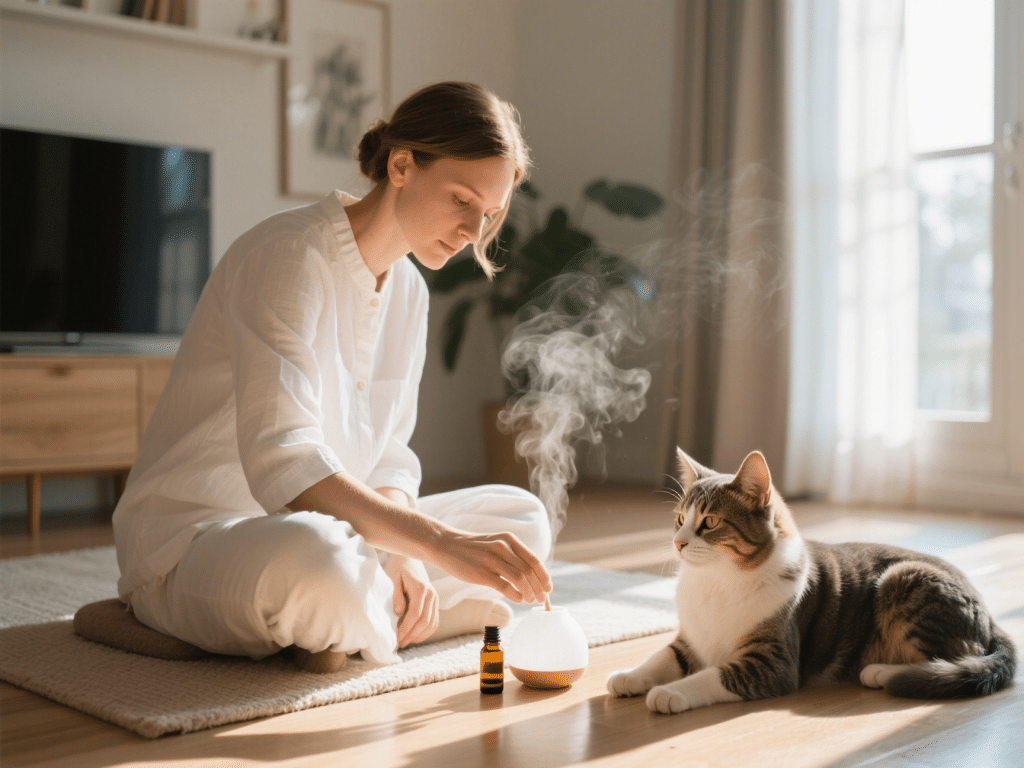
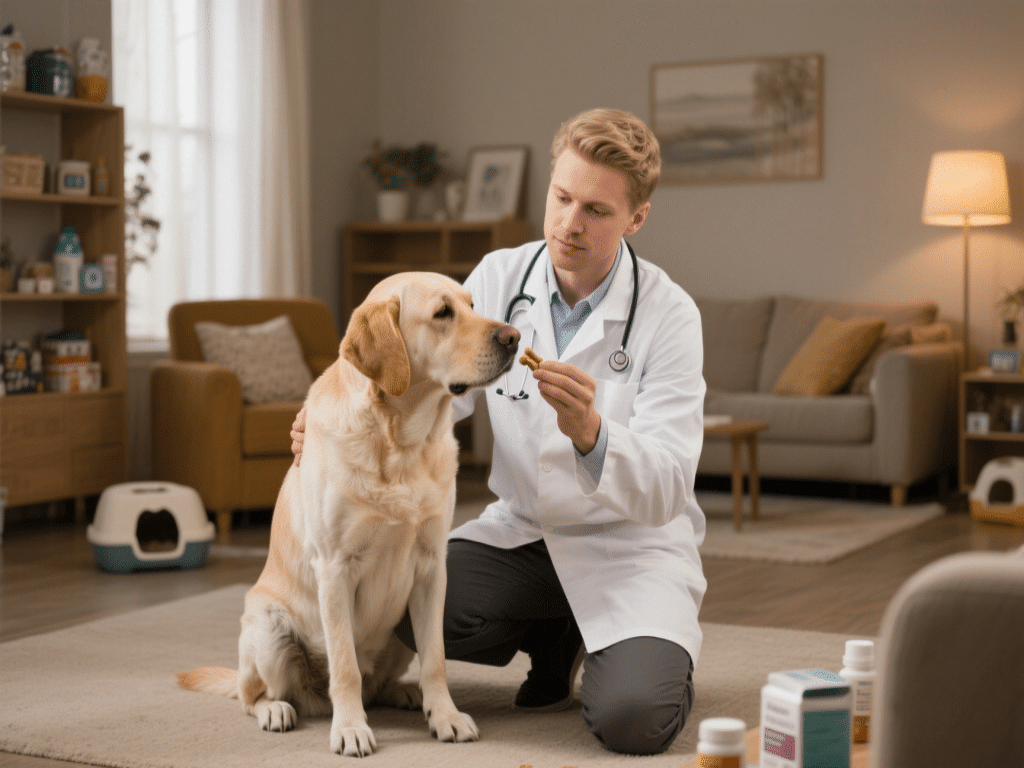



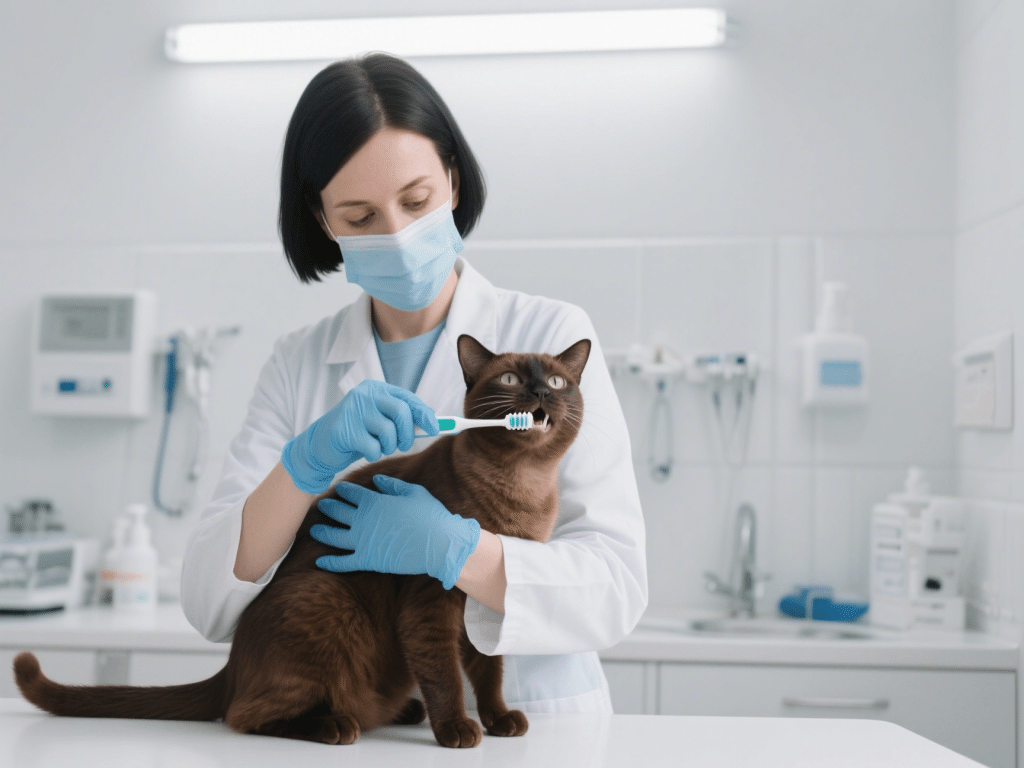

Comments on "Holistic Approaches to Manage Cat Anxiety at Home" :